Table of Contents[Hide][Show]
While it’s been popping up on Instagram feeds worldwide, the truth of the matter is, the ancient Chinese medical skin treatment of Gua Sha (meaning “to scrape away illness”) has been around since the Paleolithic Age—a time when hands and/or stones were used on the body to help alleviate symptoms of illness.
We’ve recently launched our own Gua Sha Lifting Tool, and we couldn’t be more excited to share it with you. While the practice today is associated more associated with beautifying the skin on your face versus your entire body like it was back in the day, its roots are still the same. Here’s a deeper look into what this Eastern “facelift” involves.
3 At-Home Facial Tools that Actually Work (From a Professional!)
The history of gua sha
Gua sha (otherwise known as spooning or coining) is an ancient medical procedure that began in China and Southeast Asia. Traditionally conducted on the body (typically by a family member), this ancient medical treatment involved energetically scraping the skin with a tool such as a buffalo horn or antler—but this evolved into using more gentle instruments such as jade stones and porcelain soup spoons.
A combination of short and long strokes are made on the back, arms, legs, and buttocks in an effort to increase blood flow and stimulate microcirculation of the soft tissue.
What is gua sha used for?
Eastern medicine tells us that sluggish energy (chi) in the body may cause inflammation, which in turn causes a myriad of chronic pain conditions. The scraping action on the skin is believed to dismantle the poor energy, reduce inflammation, boost the immune system, relax muscles, release toxins, and encourage healing.
Immediate results last for days, but regular sessions are necessary for more deep-rooted conditions.
So, what’s facial gua sha then?
Facial gua sha is a more gentle version of the practice that’s conducted on the face. And no, there’s no need to dig up an antler.
Benefits of gua sha facial
The modern-day version of this circulation-boosting treatment involves smooth, curved jade or rose quartz crystals that when used correctly, noted benefits include:
- Creates a plumping effect
- Gives your skin a fresh and revived look
- Releases every day tension
- Promotes an even skin tone
- Tones the skin
- Acts as a face rejuvenator
- Helps tighten and firm your look
- Brings radiance to your look
- Has a calming effect
- Temporarily firms and tightens
- Minimizes the appearance of fine lines and wrinkles
- Lessens/reduces the appearance of dark circles under the eyes
- Brightens and lightens your look
- Temporarily reduces the appearance of puffiness
Gua sha versus the Jade Roller
Make no mistake: the gua sha technique is not the same as using the also trendy jade roller that’s on the market. You have more flexibility with a gua sha tool than with a roller, so all of the aforementioned benefits can be achieved depending on your pressure, speed, direction, and which edge you use.
It’s also really effective at draining the lymph nodes (lymphatic drainage), so you’ll notice a big difference in the overall appearance of your skin.
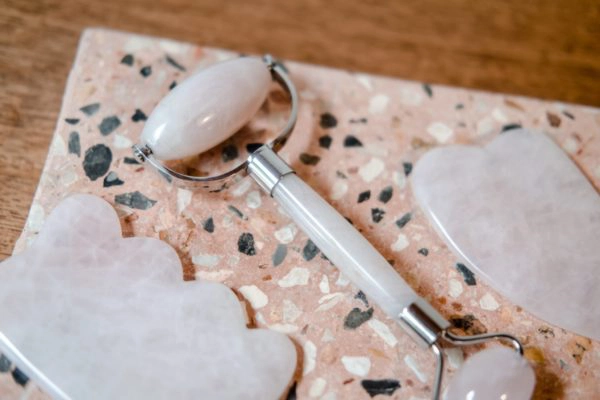
Gua sha tips
Another wonderful benefit to gua sha is that you can do it yourself, so that makes it cost-effective and gives you the flexibility to do it anywhere, anytime. Even so, you have to make sure you’re executing caution when performing facial gua sha—especially if you’re just starting out. Here are some tips to get you started:
Choose the right stone
There are a variety of tools on the market, but choose a stone that feels comfortable in your hand. It’s not a bad idea to have a couple different sizes on hand. For example, one with a smaller curve that can be used around the eye area, another with a V shape that can contour your jawline, etc.
Prep the skin
Make sure the skin is clean and primed with a serum or lotion so that your tool glides versus skips across your face.
Be gentle
Be gentle, especially in areas like the eyes where the skin is thinner. Start with a light pressure until you become more comfortable with the technique. A heavy hand will only lead to bruising.
Angle your tool as parallel to your face as possible. Never place the edge flat against the skin like you’re about to cut into something.
Pull your skin taut
Take your free hand and hold the skin in the area you’re working in so that it’s taut. This will make it easier for you to effectively manipulate your tool.
Upward strokes
Always make upward strokes—remember, you want to create a lifting effect.
2x a week
For the best results, conduct facial gua sha two to three times per week.
When to avoid gua sha
Avoid gua sha if you have an inflamed skin condition.
DIY Gua Sha
Now that you are aware of the benefits and precautions associated with gua sha, it’s time to try it first-hand. Here’s how:
-
- Start at your third eye chakra—the space between the eyebrows—and make a stroke up to your hair line.
- Next, sweep from the center of the forehead above your eyebrows outwards towards your temples.
- Using the curved part of your gua sha tool, scrape underneath your eyebrow, right on the brow bone.
- Using extremely light pressure, slowly stroke the area under your eyes where darkness/puffiness typically surfaces. Start from the side of your nose and move upwards towards your temple.
- Next, go from the side of your nose, across your cheek, and up to the middle of your ear.
- Repeat the same motion, except start at the corner of your mouth.
- Starting at the middle of your chin, sweep under your lower lip and up towards the earlobe.
- Move under your jaw and sweep up to the bottom of your ear.
- Finally, scrape from your jaw and earlobe down to the middle of your collarbone. Note this is the only downward motion as you are flushing your lymph system. Sweep from the center of your forehead—right under your hairline—to your temple, then down to your ear until you reach your neck and terminus area (the triangular area at the base of your neck.) Repeat several times.
- Repeat steps one through nine a minimum of three times and a maximum of ten before moving on to the other side. Remember, practice makes perfect!
3 At-Home Facial Tools that Actually Work (From a Professional!)
SOURCES:
“Ancient Chinese Medical Treatment Leaves Lasting Impressions,” ChinaCulture.org, January 2019, http://en.chinaculture.org/info/2013-04/25/content_456628.htm
“Effectiveness Of of Traditional Chinese “Gua Sha” Therapy in Patients with Chronic Neck Pain: A Randomized Controlled Trial,” Researchgate.net, March 2011, https://www.researchgate.net/publication/49793559_Effectiveness_of_Traditional_Chinese_Gua_Sha_Therapy_in_Patients_with_Chronic_Neck_Pain_A_Randomized_Controlled_Trial
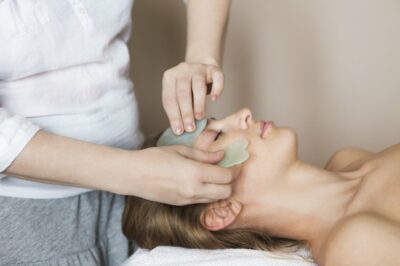

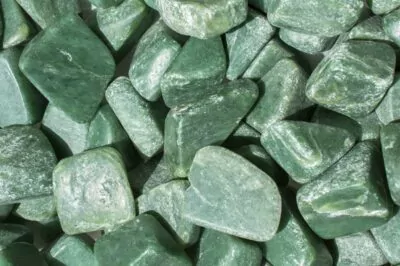
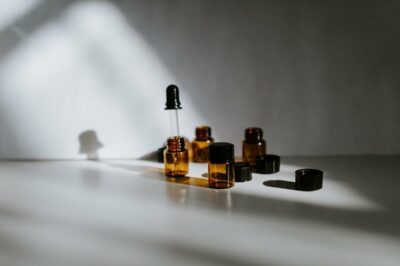

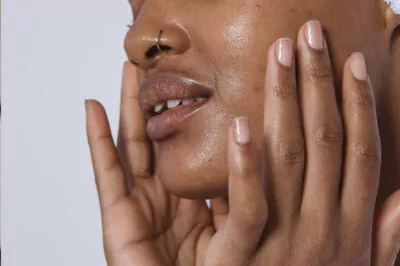
yes, want to know your recommendation. maybe, you should sell it…
The question is: where can I have Gua Sha done to me in Manhattan, NYC?
Do you all have a recommendation for a good source for these tools since there are so many fakes out there? Thanks! 🙂
When it states to repeat a minimum of 3 and max of 10 times the movements does that mean each move 3 to 10 times before moving on to the next or doing all moves once and then all again etc.
And where is the best place to purchase these tools please